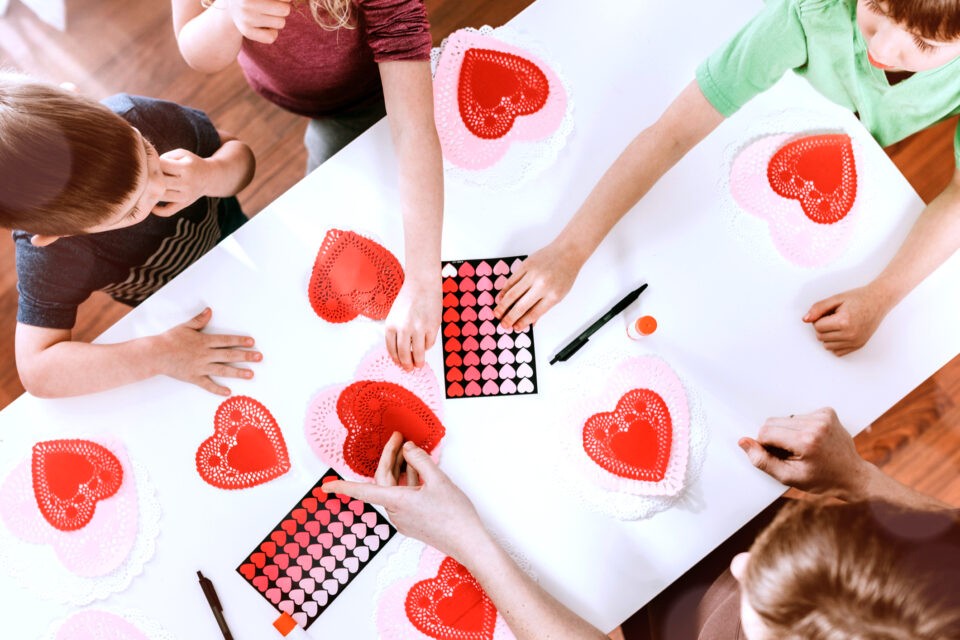Unfortunately, Valentine’s Day has joined the ranks of other hyper-commercialized holidays that emphasize consumerism above showing appreciation for one’s loved ones and friends. Parents may fight this tendency by explaining to their children the true meaning of the holiday. The kids valentines cards can be useful here.
For the Parents
As a parent, how can you provide significance to a holiday that seems to be about romance before your child is ready for it? First off, you may clarify that Valentine’s Day wasn’t originally intended to celebrate romantic love, despite the fact that its modern associations with love are understandable. You can choose the valentines day cards for kids here.
- Saint Valentine was a Christian priest who secretly performed marriages in defiance of the monarch who had prohibited them. They threw him in jail once they captured him. According to legend, Saint Valentine chose to “cure” the blindness of the daughter of one of his jailers.
- These roots emphasize the importance of love and marriage and also speak to the importance of charity, kindness, and goodness (even in the face of cruelty). Indeed, they are excellent teachings for young minds. Have a conversation with your kid about how they can honor this day by being generous and kind to everyone they encounter, not just their family and friends but also their classmates.
- Valentine’s Day has become commercialized and a popularity battle at schools. Which group will get a greater quantity or higher quality of treats and greeting cards? Intentionally or unintentionally, children might use these items to cause emotional distress to others. Someone who doesn’t particularly like their classmates might wonder why they should be nice to them or give them a card.
Consider using this occasion to stress the importance of treating others with kindness and respect regardless of whether or not you share their opinions
Your child should consider how it might feel to receive no cards while their classmates receive many. Here’s their opportunity to learn compassion and discover the joy of genuine acts of kindness and service. As students work together to create individual cards for each member of the class, they can discuss the value of a welcoming classroom environment and the benefits of cultivating a more compassionate and empathetic attitude. Get the best cards from Joyfy here.
Not to mention the holiday’s pervasive sexual overtones
We can use this opportunity to talk about the various forms of affection again. There is romantic love, but there are also other kinds of love: platonic, familial, philanthropic, intellectual, spiritual, and artistic. What ways do our loves vary from one another and how do they share commonalities? What are some age and context-appropriate ways to show affection for someone? It’s true that not every kiss or embrace is the same.








